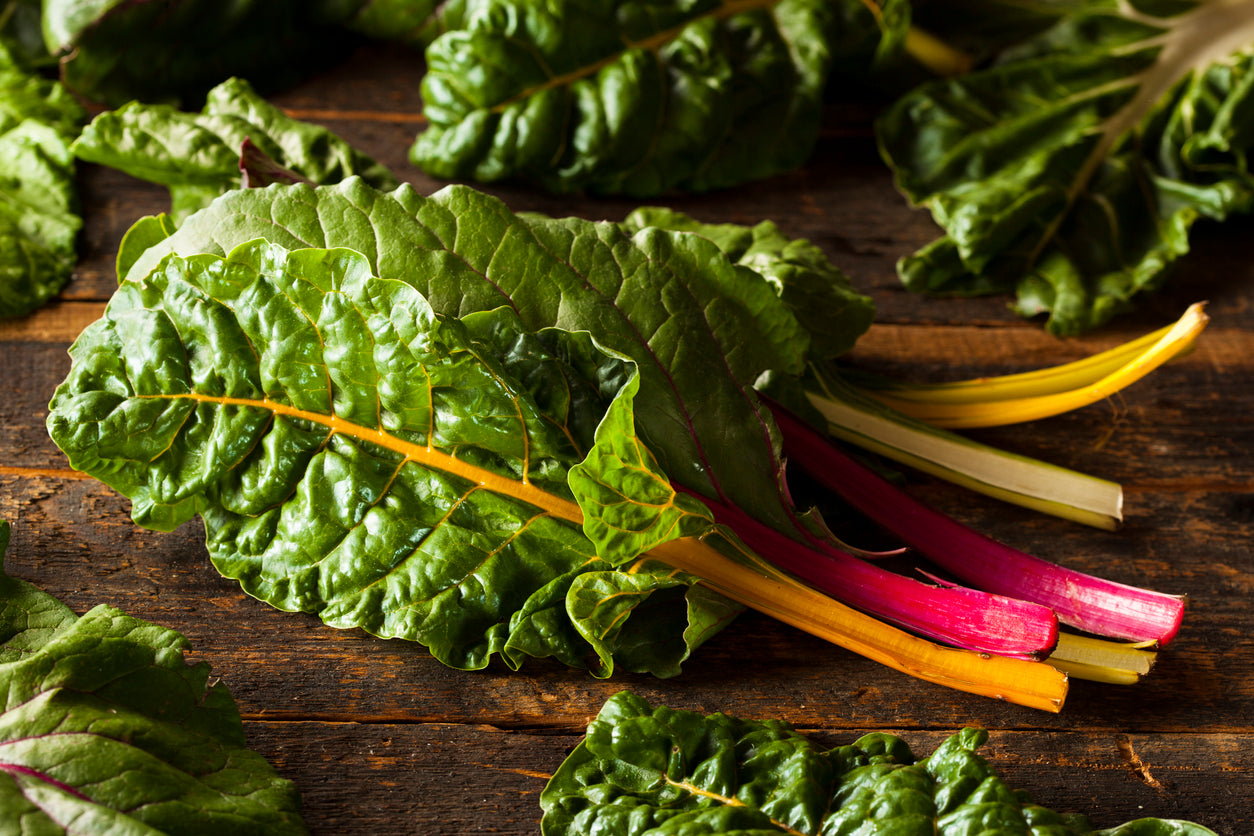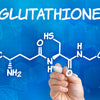Move over, kale! 4 reasons why Swiss chard may deserve the title “king of greens”

Swiss chard may not have the same nutritional “halo” as kale, a leafy green with a glowing reputation among dietitians as an antioxidant-packed, health-promoting superfood. However, Swiss chard has impressive nutritional and disease-fighting benefits all its own.
By the way, Swiss chard did not originate in Switzerland but in Sicily - where it is a prized staple of the heart-healthy Mediterranean diet. A member of the same family of vegetables as beets and spinach, Swiss chard features crunchy celery-like stalks and firm leaves with an earthy, pleasantly bittersweet taste. (While many aficionados report that the flavor of Swiss chard is reminiscent of beets, others say the taste is completely unique). Be that as it may, this intriguing green has been shown in studies to confer unexpected health benefits. Let’s look at the top four.
Swiss chard supports healthy bones
A single cup of Swiss chard contains a phenomenal seven times the recommended dietary intake for vitamin K1, which is needed not only for healthy blood clotting but for the maintenance of a strong skeleton. Research has shown that vitamin K1, found in leafy and cruciferous vegetables, is needed to produce the compounds essential for bone formation, including osteocalcin and matrix Gla protein. (Another type of vitamin K, vitamin K2, exists in animal products and fermented foods). In a recent review of scientific literature published in the scientific journal Cureus, researchers concluded that dietary vitamin K may improve bone mineral density and reduce fracture risk in people with osteoporosis. “Low dietary intake of vitamin K1 and K2 increases the risk of fracture,” the authors pointed out. (The value of supplementary vitamin K was not as clear, however.)
The prestigious Cleveland Clinic is also “on board” regarding the importance of vitamin K to bone health, reporting that a study showed that women who consumed less than 109 micrograms a day were more likely to break a hip. As if that weren’t enough to demonstrate the importance of chard in supporting bone density, this leafy green is also a good source of the bone-building minerals magnesium, potassium and calcium.
Promote weight loss and curb overeating with chard
Both the American Heart Association and the American Diabetes Association agree that adults require 25 to 30 grams of dietary fiber a day to maintain good health. A single cup of Swiss chard can provide a substantial 15 percent of that amount. In addition to supporting cardiovascular and metabolic health, dietary fiber seems to help maintain healthy weight by reducing food cravings and preventing overeating. In fact, population studies show that people who follow high-fiber diets have significantly lower body weight than those on low-fiber diets. A review involving over 560,000 participants and published in PLOS One shows that participants with the highest intake of vegetables were a surprising 17 percent less likely to be overweight or obese than those with the lowest intakes!
Prevent macular degeneration and preserve vision
Swiss chard is near the top of the list of vegetables high in lutein and zeaxanthin, a pair of carotenoids (natural plant pigments) found in pumpkins, carrots, corn and leafy greens. Lutein and zeaxanthin - which protect the retina of the eye by filtering harmful “blue” light emanating from computer laptops and TV screens - can help preserve vision and prevent age-related macular degeneration, the leading cause of blindness in Americans over 65. With a total of 19,276 micrograms of combined lutein and zeaxanthin per cup, Swiss chard’s carotenoid content dwarfs that of kale, which contains 6,447 micrograms per cup.
Swiss chard has a stellar nutritional profile
In addition to generous amounts of vitamin K1, carotenoids and dietary fiber, a cup of Swiss chard provides a respectable 3.3 grams of plant-based protein. It also offers up double the recommended dietary intake of vitamin A, over half the RDI for antioxidant vitamin C and significant amounts of important minerals such as copper, iron and manganese. In addition, Swiss chard is high in antioxidant flavonoids such as quercetin, kaempferol and rutin, which fight cancer and heart disease by scavenging the harmful free radicals that would otherwise cause oxidative damage. (Not too shabby for a food that contains only 35 calories a cup – about half the amount found in a small apple!)
Of course, kale and chard aren’t really rivals, but are more akin to allies. Combine both with arugula, watercress, and romaine for a tangy, flavorful mixed salad - or add Swiss chard to soups, stews and sandwiches. You can also drizzle chard leaves with olive oil and roast them to make crispy chips, saute with olive oil and garlic for a satisfying side dish or use them as an innovative pizza topping.
For an added splash of color - and even more antioxidant “punch” - look for rainbow chard, which features brightly colored purple or yellow stems.
If you have a clotting disorder, however, consult your integrative doctor before eating chard or other veggies rich in vitamin K.
The moral of the story? There is plenty of “room at the top” for both kale and Swiss chard. Like kale, Swiss chard can be a great addition to your healthy diet.
Sources for this article include:
-
Posted in
antioxidants, leafy greens, lutein and zeaxanthin, swiss chard, vitamin k1






